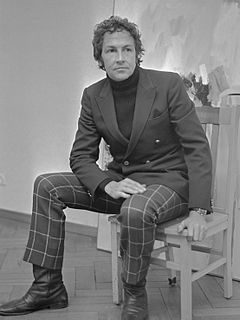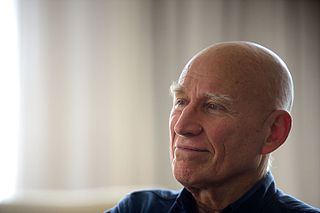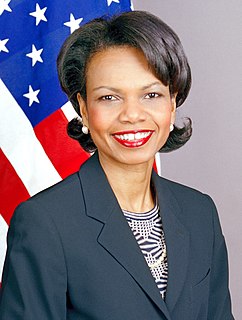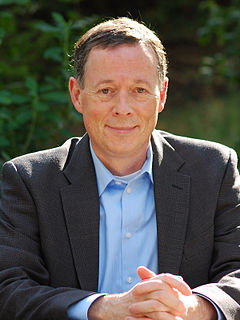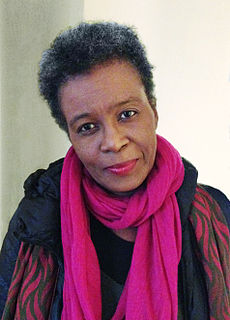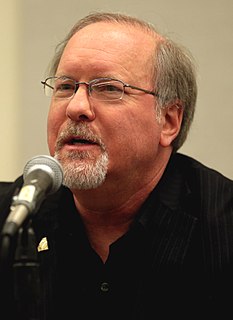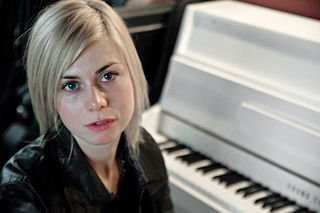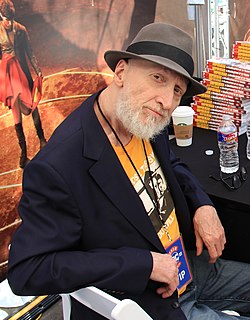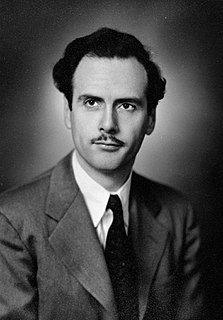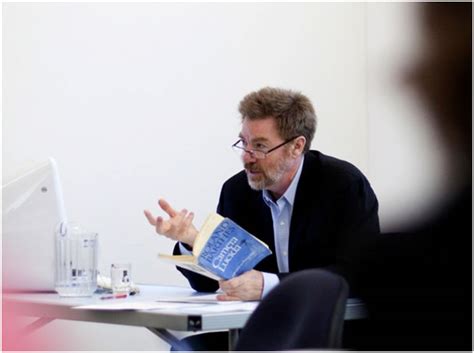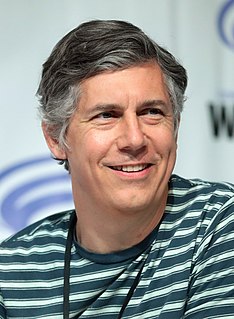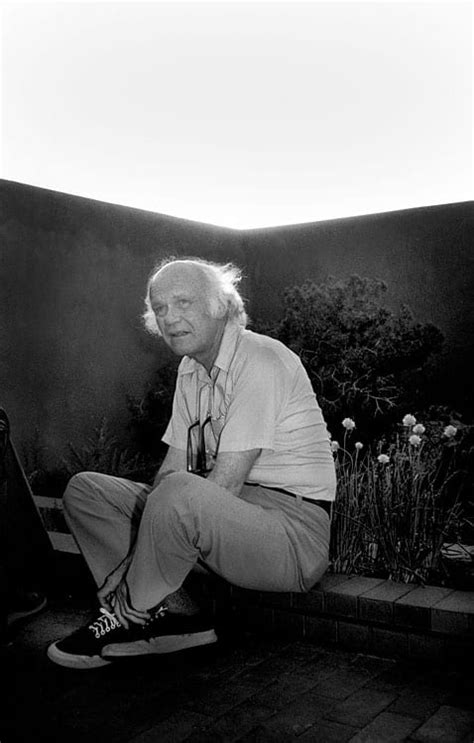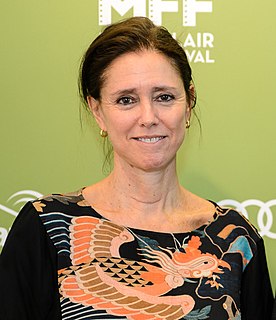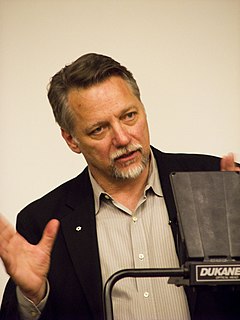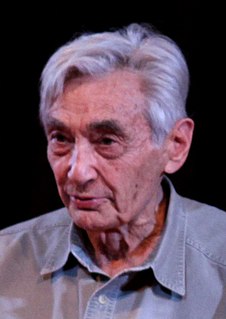A Quote by Robert Rauschenberg
Photography is the most direct communication in non-violent contacts.
Quote Topics
Related Quotes
There are four different kinds of power in a communication: position power (the CEO talking to her direct reports), emotion power (passion sometimes rules the day), expertise (people often listen to the most knowledgeable person in the room), and conversational power (the subtlest, this is the ability to direct the conversation through body language).
Singing in second language makes you brave in a way you're not aware of. You say things in very blunt ways or direct ways. It sets your mind free because you don't have a history with the language. You have to use the most direct way of communication, which is saying what you want to say in the way you can.
I collect art on a very modest scale. Most of what I have is photography because I just love it and it makes me happy and it looks good in my home. I also have a pretty big collection of art books mainly, again, on photography. A lot of photography monographs, which is great because with photography, the art itself can be reproduced quite well in book form.
More and more are turning to photography as a medium of expression as well as communication. The leavening of aesthetic approaches continues. While it is too soon to define the characteristic of the photographic style today, one common denominator, rooted in tradition, seems in the ascendancy. The direct use of the camera for what it can do best, and that is the revelation, interpretation, and discovery of the world of man and of nature. The greatest challenge to the photographer is to express the inner significance through the outward form.
Each situation has to be evaluated separately, for all are different. In general, I believe in non-violent direct action, which involve organizing large numbers of people, whereas too often violent uprisings are the product of a small group. If enough people are organized, violence can be minimized in bringing about social change.
